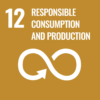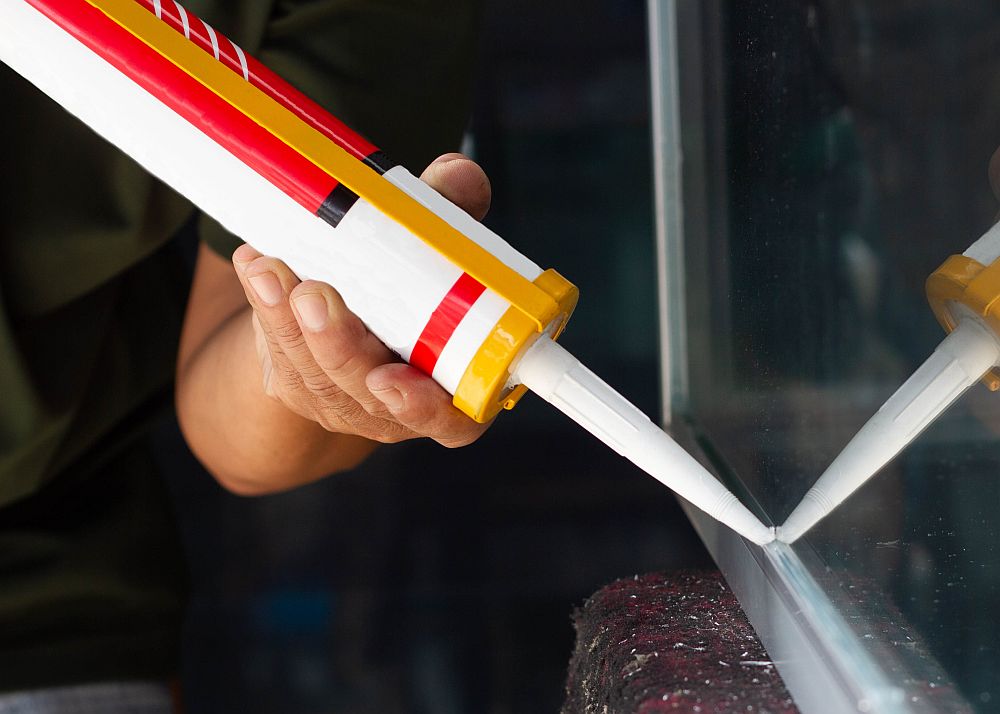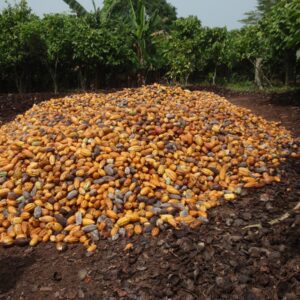Symbols & watermark
Home improvement stores in the Netherlands have asked their suppliers to apply a waste symbol on the packaging. This symbol informs the buyer – either professional or DIY – on how to dispose the silicon cartridges. Another solution is applying a watermark on the packaging. The watermark would cover the whole surface of the packaging in order for it to be picked up by a camera, even when it’s only partly visible on the conveyor belt. Using a watermark could could also be helpful for separating food from non food. Thinking ahead, symbols and watermarks can be used for marketing and logistics purposes, too
More to discover
The findings coming out of this project go beyond the high tack market. TUSTI, a recycling company, conducted an experiment to see whether it’s possible to remove the leftover bits of glue from the cases. Den Braven (sealant producer) placed, together with its suppliers, a watermark on their cases to participate in a sorting experiment by TOMRA and P&G..
View the report (in Dutch)
Read more about our supply chain projects, sustainable packaging, lifecycle analysis.
With this project we contribute to the following Sustainable Development Goals of the United Nations:







